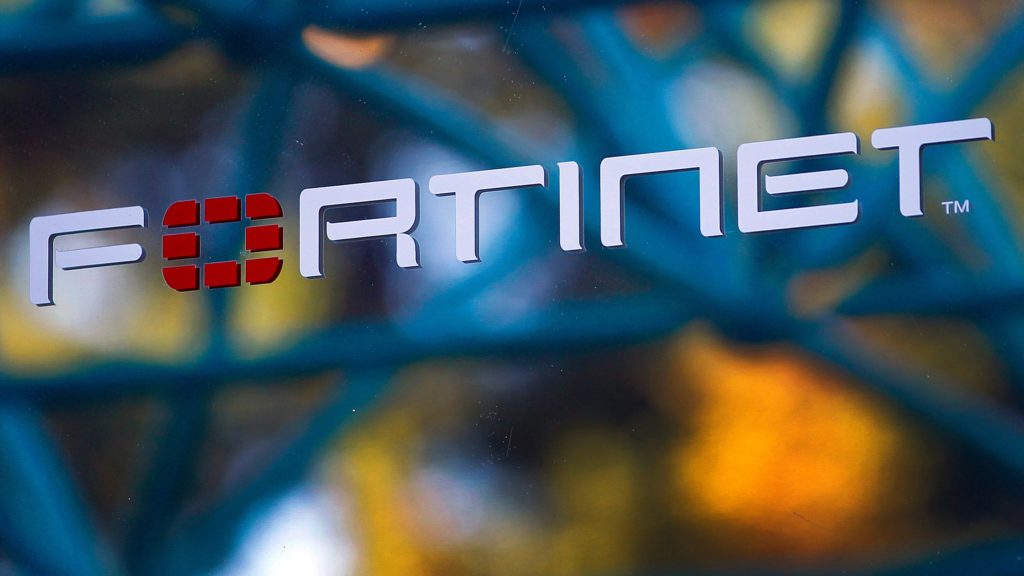

Artificial intelligence (AI) is not new to Fortinet; in fact, we’ve been leveraging this technology for over 20 years.
However, as AI evolves into more advanced tools like Gena AI, its implications for cybersecurity are becoming increasingly significant. Cybercriminals are exploiting AI to enhance their operations—commercialising tools for phishing campaigns, automating extortion schemes, and even generating malicious code. Today, one doesn’t need to be a skilled programmer to launch an attack. Access to an AI tool is often all it takes to create harmful code with specific capabilities.
We are confronting an increasingly complex and evolving cyber threat landscape. In 2024 alone, FortiGuard Labs—Fortinet’s global threat intelligence and research division—detected over 920 billion malicious events.
As cybercriminals adopt more targeted and sophisticated techniques, organisations must reassess their security posture. This includes evaluating their network exposure and determining whether their current tools are sufficient to defend against modern threats.

A strategic approach to technology adoption
Adopting new technologies should never be done for its own sake. A thorough evaluation of the business, its growth trajectory, and input from key decision-makers like CISOs and IT managers is essential. This approach helps avoid future regulatory issues and ensures the feasibility of strategies, saving time and money in the long run.
When introducing a new technology, it’s vital to understand the specific objective it serves. In cybersecurity, time is often the most critical factor. Metrics such as mean time to detection (MTTD) and mean time to response (MTTR) help organisations assess how quickly they can identify and neutralise threats. AI and machine learning can dramatically reduce these times.
The faster a threat is detected and mitigated, the less damage it can cause to a company’s operations, finances, and reputation. A strong vulnerability prevention strategy, combined with sound security practices, can help mitigate up to 90 per cent of risks.
AI: A powerful ally for closing cybersecurity skills gap
Across industries, there is a growing demand for cybersecurity professionals. According to Fortinet’s 2024 Skills Gap Report, Latin America and the Caribbean alone need approximately 1.3 million trained cybersecurity and information security professionals.

Meanwhile, cyber threats are becoming more specialised and sophisticated, requiring advanced expertise. This is where AI becomes a key tool for organisations.
Consider this: FortiGuard Labs detected 600 billion malicious events in the first quarter of 2024 alone. In a real-world setting, how can a security team possibly triage such a massive volume of alerts in real-time? AI steps in to analyse, classify, and even respond to threats—often before they can infiltrate a network, and sometimes even after they have.
Fortinet’s approach to cybersecurity solutions is rooted in three core principles:
- Integration: All security tools operate on a unified system, reducing complexity.
- Automation: AI and machine learning power fast, intelligent threat responses.
- Comprehensiveness – Every layer of the network is secured, leaving no gaps.

Empowering every employee
While training efforts at universities and within public and private organisations have made significant strides, true cybersecurity resilience requires the involvement of every employee.
Cyber awareness, good hygiene practices like frequent password updates, and the ability to spot phishing attempts are all part of a strong first line of defence.
In the ever-changing landscape of digital threats, AI isn’t just a tool—it’s an indispensable ally. But to truly defend against cyberattacks before they happen, we must also build a culture of shared responsibility and continuous learning across organisations.
Arturo Torres is a threat intelligence strategist in FortiGuard Labs from Fortinet for Latin America and the Caribbean






Comments